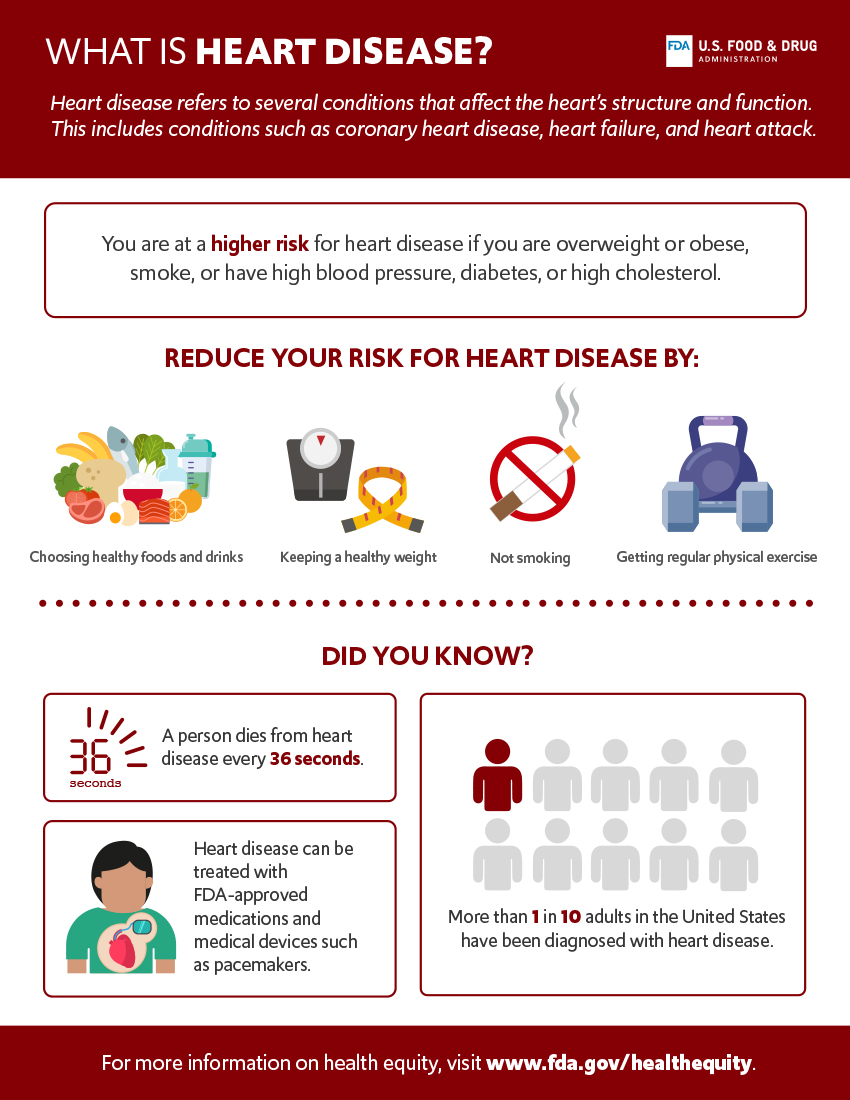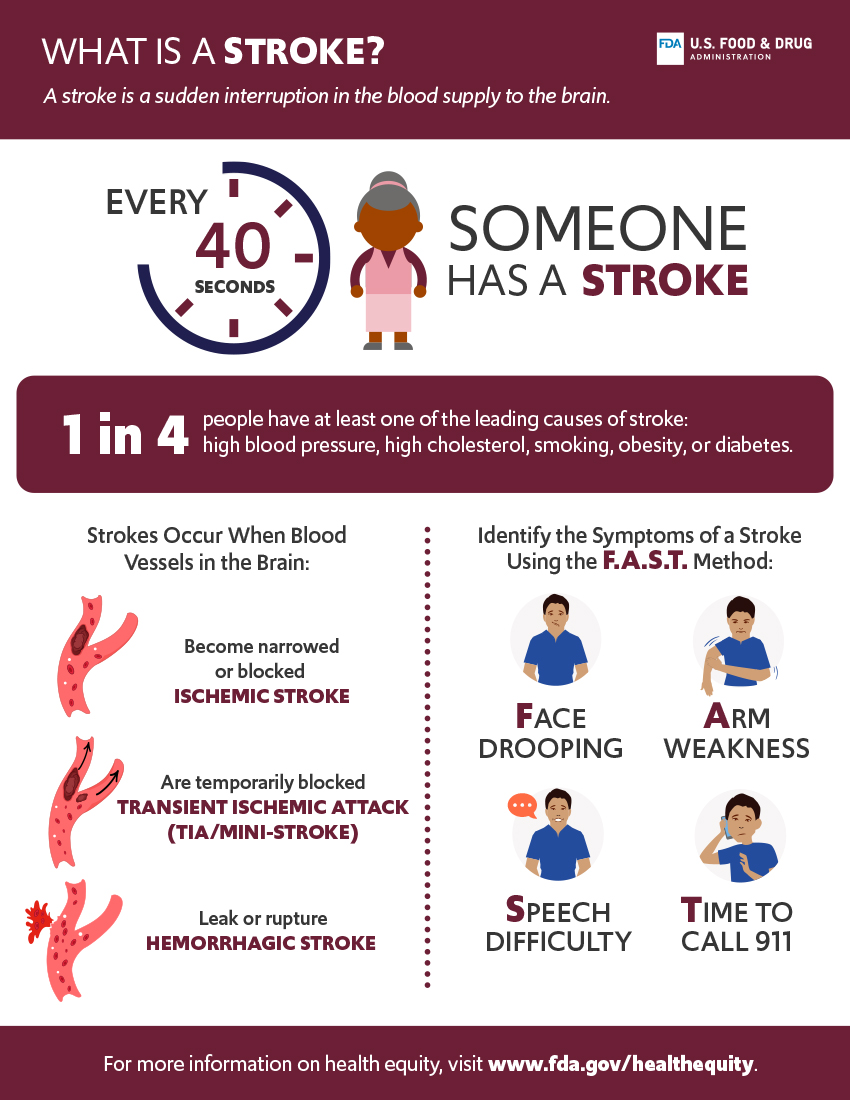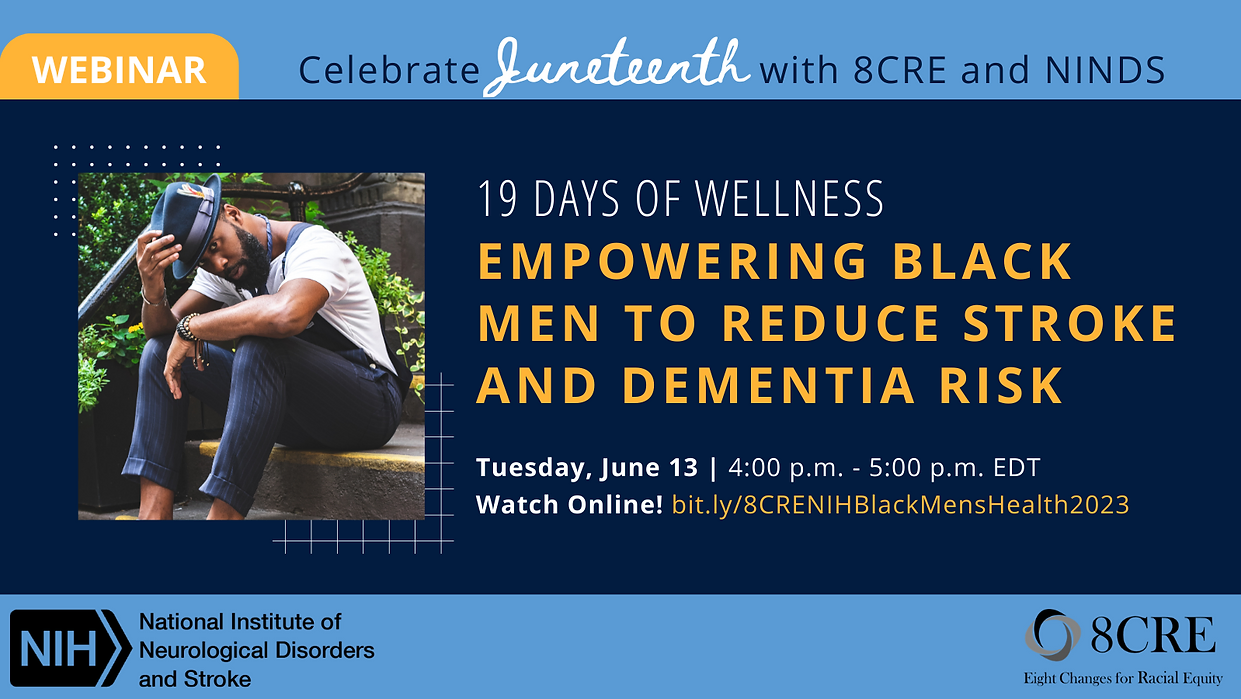Summer Wellness & Well-Being
Please join us in kicking off 19 days of wellness & well-being!
Each day we will focus on ways to cultivate resiliency, healing, and improved health outcomes, to bring your healthiest self forward.
-
Day 1 - Building Your Community
For Day 1 of our 19 days to wellness & well-being, we focus on Building Your Community.
We have many facets to our life, work, relationships and health. There will be times when a community can provide tremendous benefits, social change, and learning opportunities.
Community is no longer proximity-based; not limited to neighbors, race, ability, religion, or even being in-person. Finding your perfect community can be as easy as 1, 2, 3. Here’s how:
First, identify a category of interest, based on the six pillars of wellness & well-being; second, determine a subcategory of interest; third, know how you want to contribute. Example:
- You want to improve your social connection, specifically with parents of children the same age as yours, and you are able to contribute to group functions; or
- You want to improve financial well-being, specifically with those actively looking to retire early and you can contribute through coaching and motivation to others.
Using the category, subcategory, and engagement method, jot down a few areas of interest or communities you could benefit from joining, then seek them out, join and participate!
Wellness & Well-Being categories
- Physical Wellness
- Emotional Well-Being
- Purpose or Career
- Social Well-Being
- Financial Well-Being
- Community Well-Being
Now that you have pinpointed your interests, below are a few sites to get you started in your search for a community based on hobby, interest, or trying something new.
- Community based involvement at Detroit Mercy if you wish to contribute your skills
- Volunteer Match - for contributing your skills to benefit others
- Meet Up - for friendship based on hobbies and interests
- Eventbrite - for finding events based on your hobbies and interests
- Strava - for finding physical health related events and comradery for all abilities
- Facebook groups or community boards for your city or county
Once you have found a new community, it is important to feel valued and connected to the group and its people. This may take time or you may need to pivot to a similar group. Summer in Michigan is the perfect time to connect with a new community, why not start today!
-
Day 2 - Physical Wellness through Movement and Culture
On Day 2 of our 19 days of wellness & well-being, we celebrate Physical Wellness through Movement and Culture.Movement is remarkable. Beyond the physical effort it takes your brain and body to function, movement has the ability to preserve traditions, show expression, and convey emotion.
People all over the world have used dance and physical movement to strengthen and unify their communities while at the same time receiving immense physical and mental benefits.
Being actively aware of the connection to your body can be incredibly profound. Self-expression has no physical limitations, as shown in this incredible contemporary dance.
When learning a new dance style or simply watching, it’s best to understand the culture and style behind the dance to fully engage. A great example is this page on the art, history and meaning of African dance.
Now are you ready to learn a few new steps?
- African Dance Lesson 1 - Dinhe
- African Dance Lesson 2 - Body placement for African dancing
- African Dance Lesson 3 - Dancing on the Clock
- Dancing Wheels Company - Virtual classes for sit down or stand up dancers
If you have mastered those moves, why not take the time this weekend to dance like no one is watching? Motown Museum is offering a free Dancing in the Street class on Detroit ballroom on Saturday, June 3, from noon to 4 p.m.
Thoughtful movement can give you a sense of agency, gratitude, and appreciation for your entire body, and in the words of renowned Dancer and Choreographer, Martha Graham:
Dance is the hidden language of the soul, a powerful form of self-expression that transcends words. In every leap, twirl, and gesture, we communicate our deepest emotions, aspirations, and stories to the world.
Wishing you a wonderful weekend,
-
Day 3 - Celebrate Audiobook Appreciation Month
Day 3 of our 19 days of wellness & well-being celebrates Audiobook Appreciation Month.
Audiobooks have the ability to bring words to life and ignite the imagination. This not only enhances storytelling, but is a necessary part of daily life for many individuals. The National Library Service for the Blind and Print Disabled offers assistive technology resources along with audio materials for books and magazines.
Before you head out for vacation or your daily commute, be sure to check out University of Detroit Mercy's English Department Summer Reading Recommendations. The list has something for every mood, whether reading or listening!
-
Day 4 - Keep America Beautiful
Day 4 of our 19 days of wellness & well-being combines physical wellness with community and social well-being by volunteering to Keep America Beautiful!
Register today to participate in a national event next Sunday, June 11 from 9:00 - 11:00 am to clean up litter at a location near you. If you aren't available June 11, you can still take part by volunteering to be notified of cleanup events in your area.
The Keep America Beautiful website also offers beautification opportunities such as "Retreet", a campaign aimed at planting trees in dedicated locations, and river and waterway cleanup. The website allows for several areas of volunteering.
Whether you sign-up for an event or simply pick up litter and debris when you see it; those efforts make a measurable difference and set a great example. As the old English proverb states, Many hands make light work.
-
Day 5 - Strengthen Your Financial Well-Being
Day 5 of our 19 days of wellness & well-being focuses on strengthening your Financial Well-Being.
One of the most overlooked areas of increasing your financial well-being is to fully utilize the benefits you receive and the services you are paying for.
Subscriptions and auto-renew make life convenient but that convenience comes at a price (a monthly price). This week, take time to evaluate the benefits and services you are not fully utilizing and are ready to disconnect from. Here's how:
- Visit the Human Resources Benefits Page for tuition remission details, employee discounts, and attend an in-person or virtual open enrollment session to make an informed decision on benefit elections.
- Use a service like Rocket Money to find and remove subscriptions you no longer use and forgot to cancel.
- Make it easy to access your money by banking on campus or with an Alliance Catholic Credit Union account.
- Review any "set it and forget it" elections on your retirement accounts, life insurance and long-term finances.
- Track and categorize your spending through your bank or with a service such as Pocket Guard.
- Investigate the services you are keeping, such as AAA, Amazon Prime, Peloton, Adobe, Costco, Sam's Club and see what free or discounted benefits you have not been using.
Finally, now that you have a full understanding of what you are paying for, build that financial muscle by evaluating your purchases to see if you truly need it; if so, is there a discount to be used.
-
Day 6 - It's National Higher Education Day!
On Day 6 of our 19 days of wellness & well-being, we applaud National Higher Education Day.
Yes, we applaud this day to recognize the benefits of higher education.
In addition to career-boosting benefits, health-related literature on enrollment in higher education done by the U.S. Department of Health and Human Services have shown profound benefits to health and well-being for those who have pursued education beyond high school.
Studies show that individuals with post-high school education are at a reduced risk for premature death. Additionally, college graduates have better self-reported health than high school graduates, and individuals with post-high school education are less likely to report conditions such as heart disease, high blood pressure, and diabetes, and more likely to take part in regular exercise, drink less alcohol, and seek preventive health care when needed.
No matter the age of someone pursuing higher education, the benefits of challenging assumptions, collaborating with others, and building a community of peers are immeasurable.
Thankfully, our brains are not “fixed”. What you may view as difficult and arduous is actually helping you to establish new connections and strengthen neural pathways. This article on what it means to have a growth mindset by professor of Psychology at Stanford University, Carol Dweck, expands on the importance of a growth mindset individually and within an organization. Whether you are a graduate of higher education or a graduate of hard knocks, embracing growth can be a priceless lesson.
In the words of Anton Chekhov: Wisdom comes not from age, but from education and learning.
-
Day 7 - Design Your Self-Care
On Day 7 of our 19 days of wellness & well-being, we help to Design your Own Self-Care.
Have you ever thought about how you can best support your healthiest self and your goals? YOU are the best one for the job of planning your support needs, and sometimes that job gets put on hold.
Self-care is often loosely defined as treating ourselves on occasion, doing yoga or meditation, or journaling in our spare time. It can mistakenly be thought of as a female need, rather than a dedicated care-technique that each of us, regardless of income or gender, can benefit from creating.
Here are a few examples of self-care activities to help restore your well-being:
- Setting boundaries with yourself and others;
- Intentionally exploring what your own personal goals are;
- Identifying ways to reduce unhealthy behaviors that don’t benefit you;
- Recognizing destructive or limiting talk, whether internal or with others;
- Eating and moving for health and longevity; and
- Making dedicated time and space to think and process your thoughts and emotions.
Now ask yourself:
- What could get in the way of me consistently caring for myself in the ways I want?
- If I can’t remove the barriers to me practicing self-care, how can I adjust to still make myself a priority?
- In what ways can I begin to incorporate the goals I have for self-care?
Now, start to document your own self-care goals that don’t rely on the actions of another person or involve the care of others, such as children with mental health challenges, parents or loved ones with physical or mental health challenges, or financial limitations.
Focusing on your own improvement and recognizing your needs of support is not weak or selfish. Instead, it is one of the highest forms of love you can give. Check out some of the amazing virtual and in-person self-care events through Eventbrite.
-
Day 8 - Not Stressed Out About Stress
On Day 8 of our 19 days of wellness & well-being, we are not stressed out about being Stressed.
He is so stressed, she is so stressed, we all are just so stressed! Is that a bad thing?
Stress will remain present in our lives every day, but what one-person views as an extremely distressing event, another may view as only a minor inconvenience.
You have an incredible mind-body connection with a built-in response system that scans the environment for threats. However, your body and mind may perceive a threat rather than a short-term problem or minor issue of everyday life.
Each person views stress-related events through the lens of previous, positive or negative experiences and challenges. Often these challenges occurred, or began in childhood, so it is difficult to apply a one-size-fits-all solution to reducing harmful stress.
The Centers for Disease Control and Prevention (CDC) has outlined methods to reduce Adverse Childhood Experiences (ACEs) that can carry long-term and disruptive effects throughout an individual’s life. Childhood trauma is just one area that could exaggerate your stress response.
Each person has a unique tolerance for adversity; therefore, a traumatic or negative event could have been food insecurity, moving homes, abuse, living with a family member with a mental health challenge, or substance abuse, as a few examples.
Below are some common reactions to perceived threats. Which one’s do you employ during stressful events? What kind of physical or mental effects happen during stress?
- Fight: facing any perceived threat aggressively;
- Flight: running away from danger;
- Freeze: unable to move or act against a threat;
- Fawn: immediately acting to try to please others to avoid conflict; or
- Connect: slowing down to evaluate a problem, connecting with yourself or others.
In the article titled Fight, Flight, Freeze, or Fawn: How We Respond To Threats, Olivia Guy Evans describes our physiological effects of these threats, how we can recognize these occurrences, and ways to correct or cope to stressors.
Building awareness of stressors so they are less likely to negatively affect you can be done through increasing skills for coping and managing stress. Physical activity, social connection, and relaxation techniques can be healthy ways to cope with stress and produce significant improvements in conditions exacerbated by stress, such as anxiety and depression.
Today, evaluate your areas of stress and determine what stress is motivating and what stress you need to address and cope with in a more-healthy manner. Then, learn ways to Reduce Stress in 10 Minutes and Improve Well-Being through connection.
For further information on the effects of major stress-related events in your life, the article Stress, Depression, and Neuroplasticity: A Convergence of Mechanisms in the journal Nature, describes the amazing capabilities of our brain and body to heal from adverse events.
-
Day 9 - Holding Space
On Day 9 of our 19 days of wellness & well-being, we explore how to Hold Space.
The act of “holding space” is generally accepted to mean that you are creating a safe and supportive environment for someone to express thoughts or emotions, freely and without judgment. Holding space for yourself and your own inner dialogue is a great place to start practicing.
When we hold space for ourselves, we approach our inner dialogue, perceptions of our interactions with others, and our review of past experiences, with a matter-of-fact and kind voice. This does not mean we dismiss accountability. Instead, the process is used to work toward full understanding of our feelings and as a way to navigate experiences in a productive way that fosters personal growth.
When we hold space for others, we are allowing that person to be vulnerable and express their true feelings or experiences, without fear of how they will be perceived. Allowing a person time to navigate feelings and experiences can help them create their own insights and resolutions.
To effectively hold space for another, you will need to practice and engage:
- Active listening for understanding as opposed to concentrating on your next response;
- Empathy and openness for the other person’s perspective;
- Confidentiality and trust; and
- Acknowledgment of feelings. This does not mean you need to have the same feelings, but simply that you understand this is what they are feeling.
When should you hold space for another:
- When someone is in emotional or physical pain. Divorce, death of a loved one, loss of a job, or other loss, is an opportunity to be there for another person and actively reach out to let them know you are available;
- When you are able to resist the urge to fix the problem on their behalf; and
- When you can be present and ready to listen.
In general, the best place to offer a safe space for deep connection is in a location free from interruptions, and when you are not short on time. Be sure you are there to listen and not simply to persuade.
Finally, holding space is a two-way communication and not a free-pass for the other person to unload emotions whenever needed. You need time to process and deal with your own life. It is okay to set boundaries with a person who is struggling. Offering to connect at another time when you can be fully available or offering an alternate option for someone who can help right away, still assists them. Having agency for your own well-being allows you to show up for others in a relaxed and present manner.
“When you listen to someone, it’s the most profound act of human respect.” ~ William Ury
-
Day 10 - Help your Heart

-
Day 11- Recognize a Stroke F.A.S.T

-
Day 12 - Breathing your Best Air
On Day 12 of our 19 days of wellness & well-being, we breathe Clean Air.
Thankfully, the air quality in our area is improving after high-levels of pollutants passed through, following Canadian wildfires.
Knowing the quality of air you are breathing is important. To find out what the air quality is for you area, visit AirNow.gov.
The AirNow.gov site provides a five-color warning system for primary and secondary pollutants as well as ozone.
- Green: Good
- Yellow: Moderate
- Orange: Unhealthy for certain groups (those sensitive to pollutants)
- Red: Unhealthy
- Purple: Very unhealthy for all groups
-
Day 13 - 4:00 pm Webinar Today on Reducing Stroke Risk in Black Men

-
Day 14 - Connecting Culture to Cooking
On Day 14 of our 19 days of wellness & well-being, we engage ourselves in Connecting Culture to Cooking.
Spice up your cooking by trying a recipe inspired by culture and tradition, or choose to eat seasonally by visiting the Old Ways website and learning about ancestral, cultural, and heritage diets.
A Taste of African Heritage Cooking Course gives you an incredible 6-lesson cooking series, from your own home, on your own timeline. With each lesson, learn recipes (Mafe, Jollof Rice, Tangy Collard Greens), cultural history, nutrition concepts, and cooking skills related to the African Heritage Diet. The lessons are recorded by a variety of experienced instructors, and include videos, cooking demos, printable recipes and handouts, and discussion boards where you can talk with fellow students.
The cost of this extraordinary course is $30; however, you can receive $5 off the e-course at checkout by using code TAKE5JUNE
Or make it an incredible night by cooking a new recipe and watching Netflix’s 4-part documentary, High on the Hog: How African American Cuisine Transformed America, that provides a history lesson on African American resilience in the kitchen.
-
Day 15 - Come On Get Happy!
On Day 15 of our 19 days of wellness & well-being, we experience Happiness!
Still searching for happiness? The Harvard Gazette article referencing discoveries from a nearly 80 year old study on adult development, showed specific traits and behaviors linked with increased levels of happiness across all participants.
Notable outcomes from the study related to the value of having good, quality relationships. People who were most satisfied with their relationships at age 50 were likely to be the happiest and healthiest at age 80. Being in a secure relationship with someone you feel you can count on, offers an aspect of protection for our brain and emotional health.
An exceptional recap of lessons learned from the study can be heard in Dr. Robert Waldinger's TED talk.
-
Day 16 - An Uptick in Ticks and How to Prevent Bites
On Day 16 of our 19 days of wellness & well-being, we block tick bites before they happen.
Describing a tick sounds like something straight out of a horror movie. According to the National Institute of Health (NIH), ticks can detect heat, breath, and other signals from warm-blooded creatures. They need blood to develop and produce eggs. To find meals, they often cling to the tips of grass blades or leaves with their back legs and wave their front legs if they sense that you or another potential victim is nearby. If you brush against a tick, it can climb on and look for a patch of skin to bite.
Once a tick digs into the skin and starts sucking blood, any germs it carries can enter its victim. But it can take a couple of hours for a tick to choose a spot and begin feeding.
According to Dr. Erol Fikrig, an expert in tick-related diseases at Yale University, “If you catch and remove a tick early, and it has not yet taken a full blood meal, your chance of getting an infection is greatly reduced. If you don’t remove a tick, it can stay attached for several days. As it slowly fills with blood, the tick may swell in size by 10 times or more.”
Fikrig states that many tick-related diseases can be effectively treated if caught early. “If you’ve been in an area where ticks are common and you develop a fever, it’s possible that you had a tick bite but just didn’t realize it, you should seek medical attention to get advice. Early medical attention is always the best.”
Prevent tick-related illness through prevention and early-identification.
When outside:
- Treat clothing and gear with products containing permethrin;
- Use EPA-approved insect repellents; and
- Avoid areas where ticks hide, including high grass and leaf litter.
When back indoors:
- Change your clothes when you come inside.Wash the clothes you used outdoors in hot water right away;
- Check your whole body for ticks. Ticks can be as small as a poppy seed. Remove ticks with tweezers or a “tick key”. Pull upward with steady, even pressure; and
- Shower within two hours after coming indoors, to wash away ticks before they latch on.
You can read more about prevention measures and identifying tick-related illness in this edition of the NIH newsletter.
-
Day 17 - Choose Your Outdoor Activities Wisely
On Day 17 of our 19 days of wellness & well-being, we Choose Our Outdoor Activities Wisely due to high levels of unhealthy air quality.
On Day 12 we identified factors affecting the air you breathe and how to check the air quality in your area, through the AirNow.gov website. Today, the location of unhealthy air quality due to fire-related particulates shows that many areas of Michigan are at an unhealthy, red-level status for air quality. This means that everyone, not just those that are sensitive to respiratory irritants, should take caution with outdoor activities and exercise today.
-
Day 18 - Take Part in a Juneteenth Event
On Day 18 of our 19 days of wellness & well-being, we find a Juneteenth-related activity for you.
Whether you are looking for an educational, interactive, or fun event for you or your family to learn more about, or celebrate Juneteenth, it is as easy as entering your zip code on Eventbrite and clicking on the Juneteenth category for all related events.
-
Day 19 - We Celebrate our Healthy Campus
Today ends our 19 days of wellness & well-being!
We have focused on various topics within each of the six categories on Detroit Mercy’s Wellness & Well-being site and hope you have learned something new.
Beginning in Fall 2023, the Wellness & Well-Being site will be expanded to include events, activities, and services that promote a healthy campus. We also welcome student Peer Wellness Educators that will provide programming within the residence halls and to the University community. These students will kick-off their efforts with a substance use and alcohol awareness program for incoming students in August.
Additionally, mark your calendars for the Wellness & Well-Being Expo to be held October 19 in the Student Union ballroom. Be sure to come by and check out services from external vendors or discover University resources you may not be aware of.
We look forward to being part of a vibrant and healthy environment for all students and employees of our UDM campuses and wish you an incredible summer.
